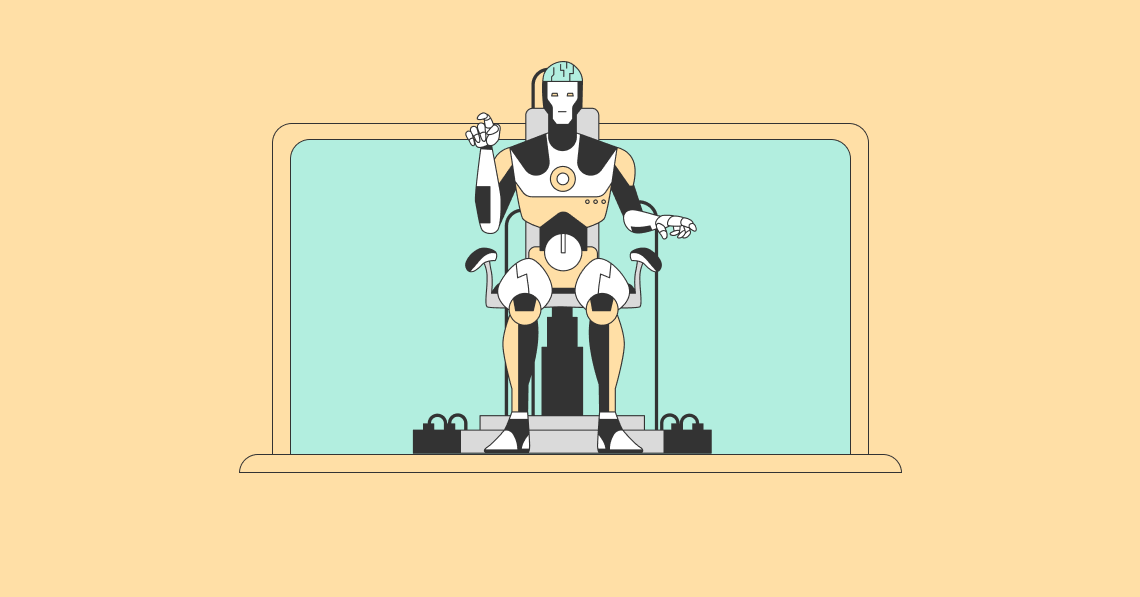It was the second consecutive month of supercharged job growth — the hiring totals in June were revised upward to 938,000 — and the latest evidence that the economic momentum of the spring carried into early summer, as it seemed like the pandemic was in the rear-view mirror.
“I have yet to find a blemish in this jobs report,” Harvard economist Jason Furman tweeted.
But there’s a caveat: The Labor Department completed its surveys of employers and households in mid-July, before the threat of the highly transmissible Delta variant was clear. Mask mandates and other restrictions are making an unwelcome comeback in some parts of the country, and employers are once again delaying plans to bring workers back to the office.
It’s too soon to tell just how meaningfully the variant may spook consumers, whose spending drives about two-thirds of the economy, or inhibit hiring. For now, most economists don’t see a major disruption ahead.
“If the latest wave of outbreaks can be contained, the aggregate economic impact of the delta variant is likely to be more muted than past waves,’’ Daniel Zhao, senior economist at job-search site Glassdoor, wrote in his assessment of the news.
The leisure and hospitality sector was the hardest hit by pandemic shutdowns and the slowest to recover. Despite significant gains this year, employment remains 10 percent below pre-pandemic levels.
Boston Harbor City Cruises has seen a pickup in hiring, according to Kevin Rabbitt, chief executive of Hornblower Group, which bought the company in 2019 and operates cruises across the country. But San Francisco-based Hornblower still has 1,000 open positions.
“The themes are the same everywhere,” Rabbitt said, citing hiring difficulties caused by jobless benefits that pay some people more than they were previously earning, workers leaving the travel and tourism industry after the pandemic shutdown, and lingering concern about the coronavirus. But he sees better times ahead.
“Going into next year, I think we will see a different job market.”
Payrolls economy-wide have increased by an average of 832,000 over the past three months, compared with 530,000 in the three months before that. The sizzling growth likely brings the Federal Reserve closer to the day when it will end its emergency stimulus measures and, beyond that, raise interest rates to prevent a long-term spike in inflation.
Prices have surged this year, but the Fed, and most private forecasters, see the gains as transitory consequences of the extraordinary shutdown and then reopening of the economy. Fed chairman Jerome Powell has said he wants to see “substantial further progress” before acting.
“I imagine the Fed wants to see another good report like this,” Kathy Jones, chief fixed income strategist for Schwab Center for Financial Research, told Bloomberg.
Stocks were muted Friday, while yields on government bonds rose.
As Harvard’s Furman pointed out, the employment news was overwhelmingly positive. Weekly wage growth was solid, with an overall gain of 4.6 percent from last year and 10 percent for workers in leisure and hospitality, the lowest-paid sector.
The tally of the unemployed fell by 782,000 to 8.7 million, including a decline of more than a half million among people out of work for more than 27 weeks. That drop in long-term unemployment is important because the longer someone is without a job, the less likely he or she is to find another one.
A few sour notes dotted the report.
There were 7.5 million fewer jobs in July than in February 2020, when the jobless rate sat a near 50-year low of 3.5 percent. Unemployment among Black and Hispanic Americans fell to 8.2 percent and 6.6 percent, respectively, but remained well above the 4.8 percent rate for white workers.
Overall job growth in July was pumped up by a statistical quirk in the numbers for the local government and private education sector, which accounted for more than a quarter of last month’s increase on a seasonally adjusted basis.
Because schools had fewer workers earlier in the year when classrooms were closed, they had fewer layoffs at the end of the school year, and the seasonal smoothing done by government statisticians inflated the gains reported for July.
And the labor force participation rate — the percentage of people over 16 years old who are working or looking for a job — hasn’t budged much since falling during the pandemic. It stood at 61.7 percent last month, 1.6 percentage points below February 2020.
That may change with the looming expiration of enhanced federal unemployment benefits after Labor Day.
More than 7.5 million people, including 314,000 in Massachusetts, will be affected by the legislatively mandated cutoff, according to an estimate by Andrew Stettner, a senior fellow at the Century Foundation. The programs provide jobless pay to independent contractors, gig workers, and others who aren’t covered by state unemployment insurance; bump up weekly unemployment checks by $300 a week; and extend state coverage to 53 weeks.
Nineteen states opted to end the federal benefits early, saying they were a disincentive to return to work.
“Given today’s jobs report I’d say it’s time to take the economy off of life support and into a more normal recovery mode,” said Alicia Sasser Modestino, an associate professor at Northeastern University’s School of Public Policy & Urban Affairs.
Larry Edelman can be reached at [email protected]. Follow him on Twitter @GlobeNewsEd.




